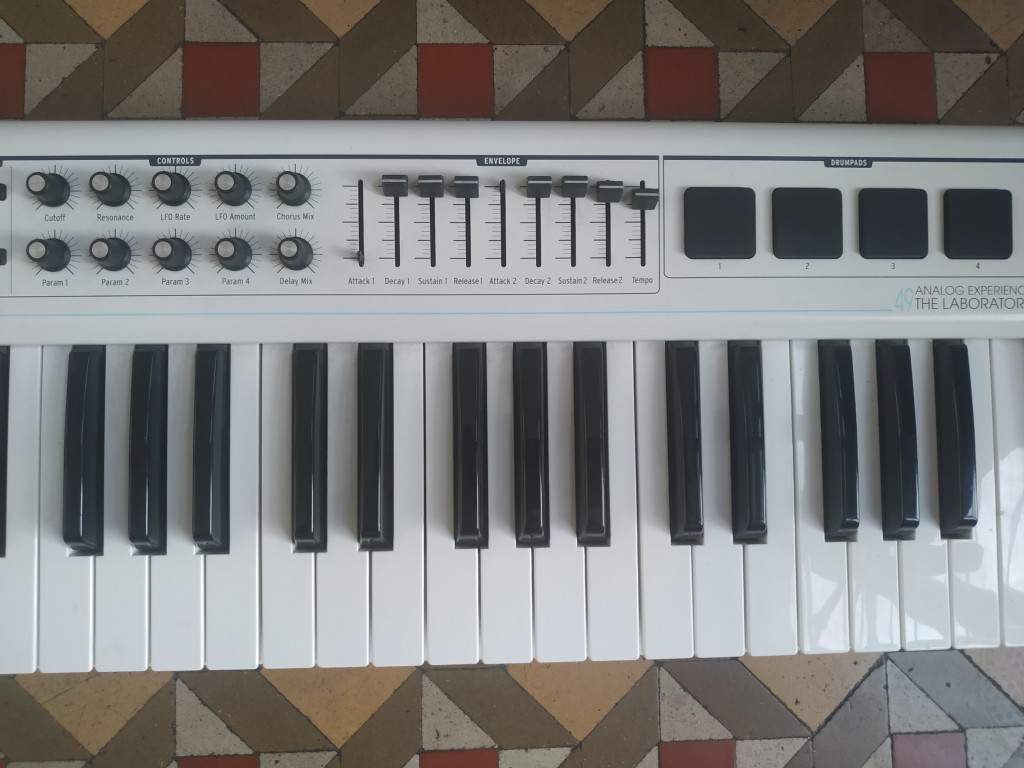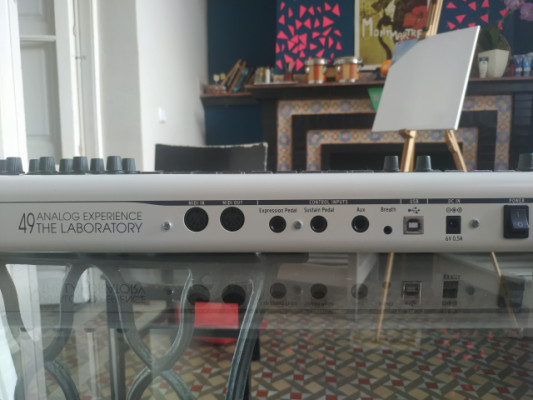


Installing the software for both The Player and The Factory proved to be straightforward and, although I have a Steinberg eLicenser dongle, I used the 'soft' on‑line authorisation process, which proved to be painless. Marketed under the umbrella of the Analog Experience, these are The Player, The Factory, and The Laboratory, the last of which is due for release in 2011. These share their underlying technology, but offer a range of facilities and price points designed to suit a wider range of needs and pockets than before. A few generations later (see box), the Analog Factory has evolved into three products that combine a huge library of initial sounds, limited editing, and a dedicated, physical keyboard optimised for each. Fortunately, this was not the limit of the storage available, and modified patches could be stored as new presets in their own right. the choice of the initial patch plus the positions of all the edit controls) for quick recall of tweaked sounds. Designed to make sound selection from a patch library of presets as painless as possible, its GUI combined a 32‑note 'virtual' keyboard, a limited amount of editing, and eight snapshot buttons that allowed users to store eight configurations (ie. The Analog Factory (Sound On Sound, January 2007) was Arturia's first divergent use of TAE. But how could they create a second range of TAE‑based products without stepping on their own toes? It was then inevitable that they would look for new ways to capitalise upon it. Their engineers developed a very palatable sound generator called TAE ('true analogue emulation') and used it in the creation of all of their V‑series soft synths. The situation is no different in the synthesizer world. The real differences between them are not so much ones of underlying technology: they are ones of implementation. But despite their huge perceived differences, all of these machines move forward and backward, go round corners, and provide seats that allow you to travel around without developing piles. Once these had been invented there wasn't just one way to integrate them, and Ford manufactured the Ka (costing around £7000), the Iacocca Silver 45th Anniversary Edition (around £200,000), and hundreds of variations between. Take the internal combustion engine, the steering wheel and upholstery. To remain healthy, companies have to capitalise as fully as possible on their developments. Arturia's Analog Experience range pairs tweakable preset soft synths with dedicated controller keyboards.


 0 kommentar(er)
0 kommentar(er)
